The HTC One X for AT&T Review
by Brian Klug on May 1, 2012 6:00 PM EST- Posted in
- Smartphones
- Snapdragon
- HTC
- Qualcomm
- MSM8960
- Krait
- Mobile
- Tegra 3
- HTC One
- NVIDIA
The next major thing to talk about it HTC’s Sense 4. First off, all of the HTC Ones run Android 4.0.3 as of this writing, which was the first ICS build pushed to the android open source project. It isn’t 4.0.4, but that’s forgivable considering the timeframe involved. Anyhow, Sense is one of those things that traditionally has been a major point of contention for power users. The problem for an OEM crafting a theme or skin is to strike a balance between the native appearance and feel of the underlying base OS, and whatever unique customizations they’re adding.
For probably the first time, I can honestly say I think HTC has has nailed that balance with Sense 4. The platform still feels and looks ICSey, and I think that’s what made previous iterations of Sense somewhat awkward - you couldn’t adequately grasp the theme or feeling of the underlying OS. HTC has changed things like overscrolling behavior throughout the OS, as elements now spread apart like an accordion. Toggle switches and buttons also get a new theme, but it isn’t an altogether huge departure from ICS, and (as required) Holo is still lurking underneath for applications that leverage it.
Like previous iterations, Sense 4 includes a number of lock screen customizations, including the ability to launch applications or SMSes by dragging their shortcuts into the ring. Unlike the previous version, you don’t get the ability to change the lock screen shortcuts directly, instead they’re inherited from the bottom dock-like row of applications on the launcher. The launcher now includes ICS features like folders on the homescreen for organizing shortcuts, and a new widget, app, and shortcut management view.
The main launcher gives you a paginated 5x4 grid of application tiles. HTC has done similar things in the past with the bottom three tabs - all, frequent (sorted by number of launches), and new downloaded applications. There’s not much to say here other than it’s interesting how most stock launchers have returned to paginated structure instead of just a big scrollable list view. Both the launcher and main homescreens are very very smooth, thanks to the combination of ICS’s OpenGL ES 2.0 2D acceleration and MSM8960.
The other main Sense customizations include both messaging, keyboard, and the task switcher. HTC has opted to change the task switcher entirely; instead of ICS’s transparent column of recently launched applications, the HTC Sense 4 launcher is a row of full screen previews. Applications can be closed by swiping them up (hello WebOS cards…) or switched between by tapping on them.
Messaging has changed subtly since the previous version of Sense, and feels snappier. One of my complaints with Android in general has been how messaging seems to always slow down after a few weeks worth of SMSes accumulate, and so far I haven’t run into that wall. I still do think the compose box is too big and covers too much of the conversation, and the default font seems gigantic, but thankfully one can change that. The Sense 4 keyboard also feels improved, and I can type at full speed without issue. That said, I’ll never understand why OEMs continue to remove the stock keyboard entirely.
Another major design decision HTC has made is to go with the traditional USB disk drive mount option instead of MTP. I think we’ll see OEMs also go this route as the MTP connector on some platforms still leaves a lot to be desired. Sense 4 also leaves the notification shade virtually untouched - there aren’t any quick power settings or tabs, just the settings pane shortcut like stock ICS. All in all I feel like this is the new Sense 4 design language - minimalist and simple, not the self-justifying customization of every last window and view just for the sake of doing so.
Storage on the AT&T One X is 16 GB of integrated NAND. Like basically all Android phones, this is divided between an /sdcard mount point, and /data. Note that this architecture is basically required if you’re going to implement USB mass storage instead of using MTP.
shell@android:/ $ dfFilesystem Size Used Free Blksize/dev 335M 136K 335M 4096/system 1007M 895M 112M 4096/data 2G 696M 1G 4096/cache 251M 4M 247M 4096/devlog 19M 16M 3M 4096/mnt/asec 335M 0K 335M 4096/mnt/obb 335M 0K 335M 4096/firmware_radio 199M 33M 166M 4096/firmware_q6 199M 5M 193M 4096/firmware_wcnss 4M 1M 3M 2048/data/secure/data 335M 0K 335M 4096/data/DxDrm/fuse: Permission denied/mnt/sdcard 9G 1G 8G 32768
So you get 9 GB of storage for media and photos, and 2 GB for applications, which is pretty much the normal storage split I see. Like we discussed in our initial ICS piece, you can either get unified storage with MTP, or the less cumbersome mass storage mount method.
The last note is Beats Audio. HTC includes the Beats branding almost everywhere - it’s on the box, on the back of the device, on the boot splash images, and inside the OS. There’s no longer any Beats earbuds in the box, but a corresponding change in the way Beats works. The new change is that Beats now works for any headphones that you attach, instead of just Beats branded ones like previously. At some point I’m going to investigate Beats Audio integration in newer HTC devices more thoroughly, for now just know that new HTC devices give you the Beats DSP on any attached headphones. I will note that it sounds to me just like the Beats audio from the HP TouchPad, which is to say boosted bass and some dynamic range compression. I honestly prefer it off, but overall sound quality with it off is subjectively good - no background hiss or whine audible.
The rest of Sense is hardware related and involves another important consolidation - camera, which we’ll get into in the respective section.


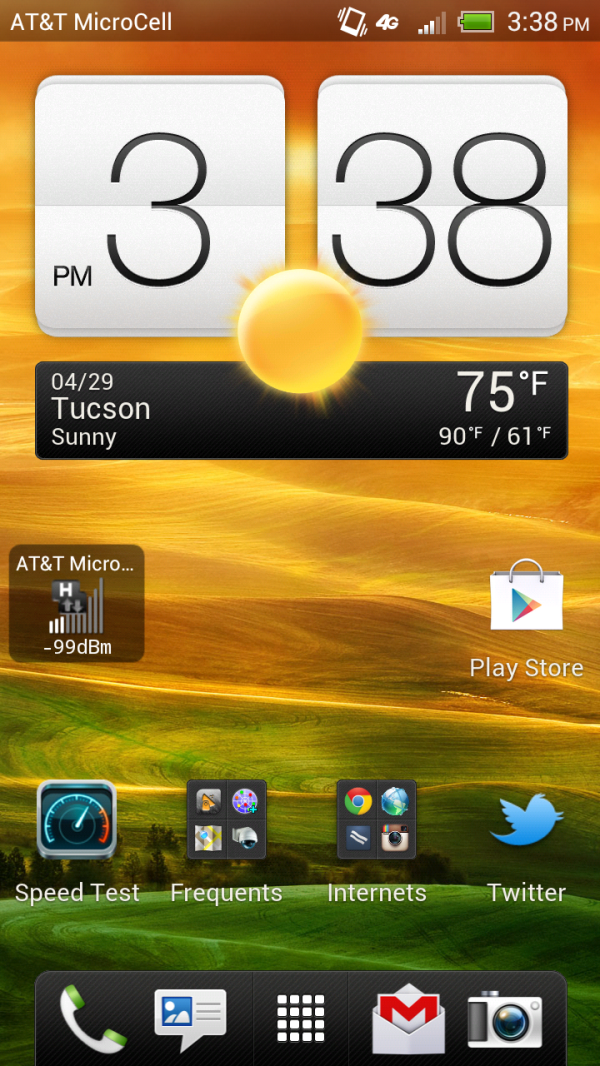
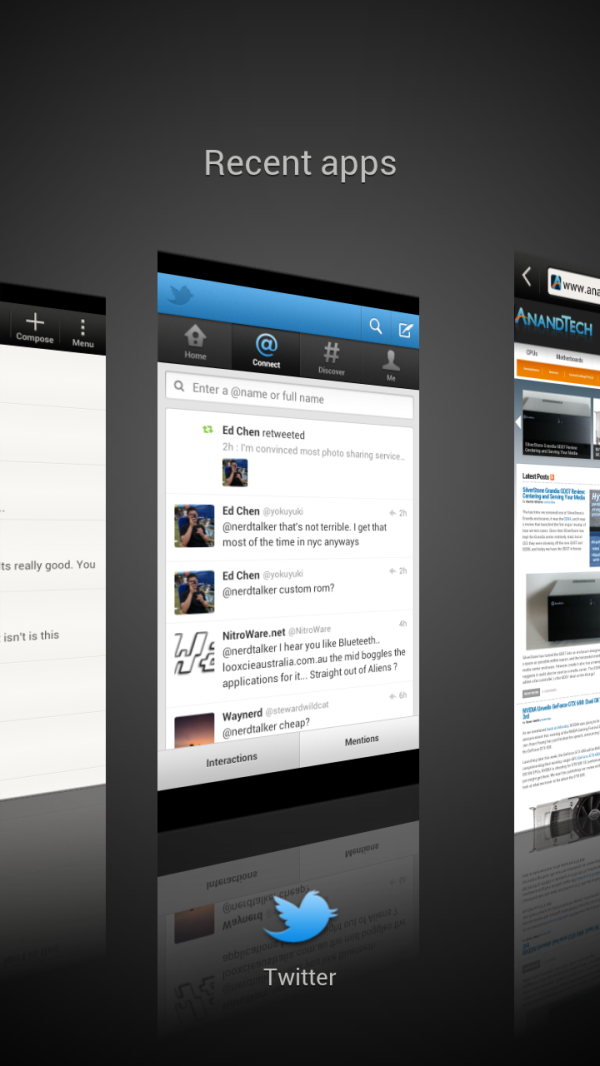
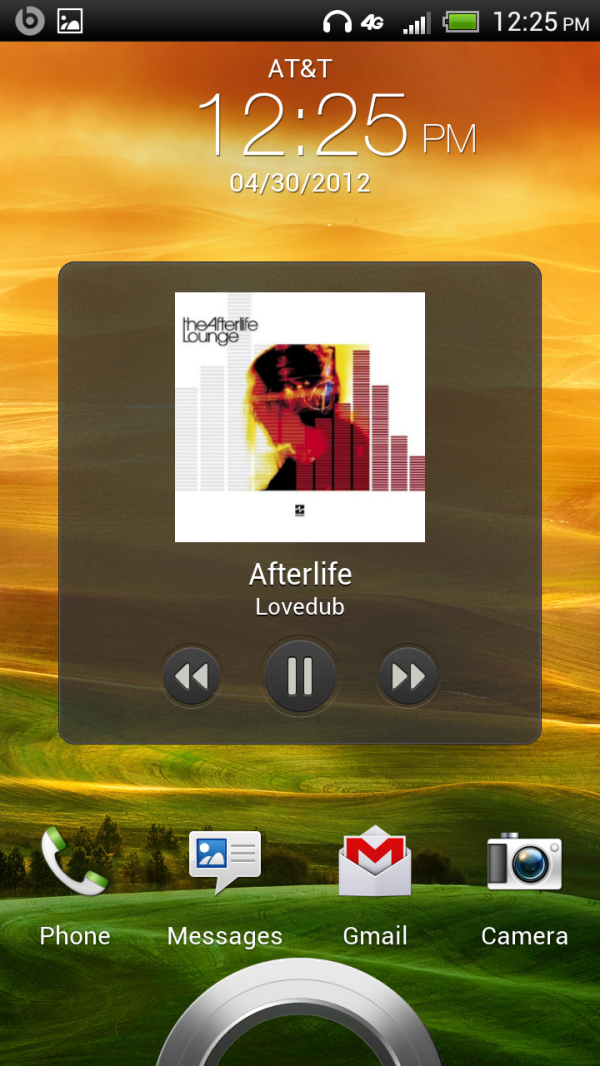
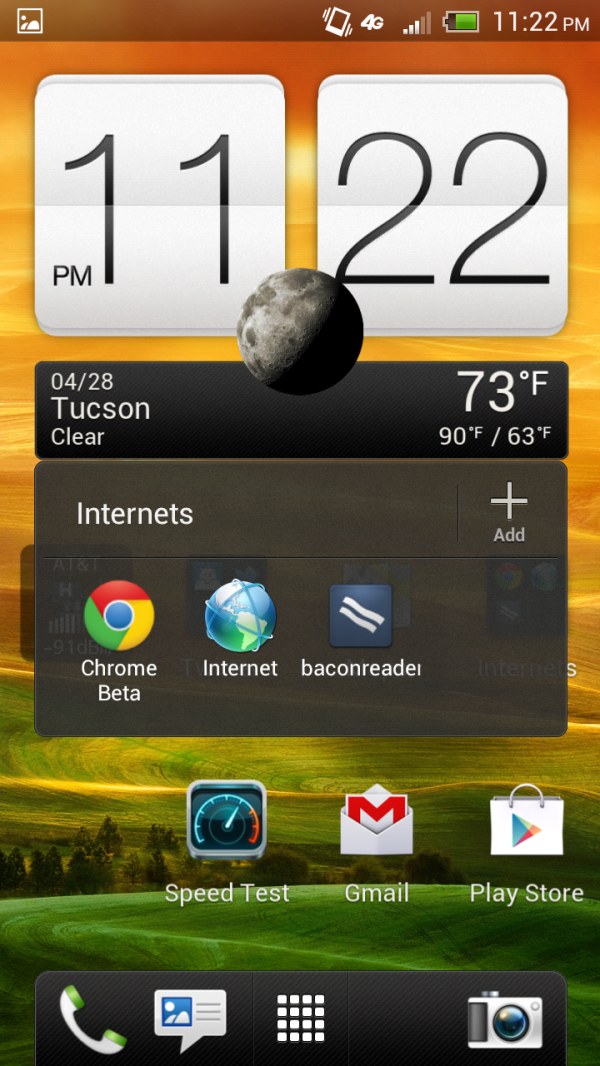
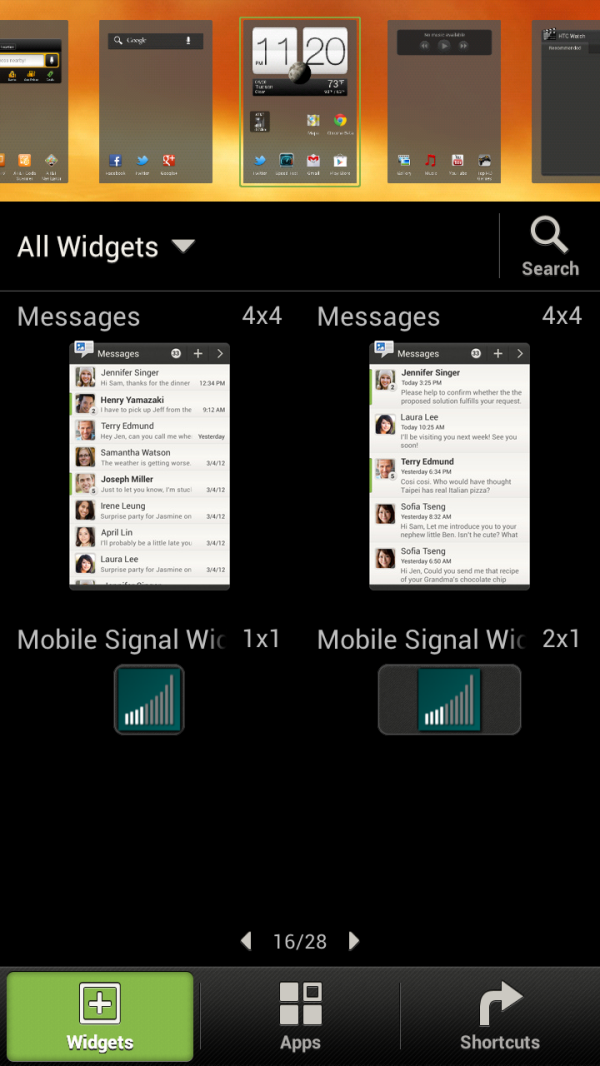

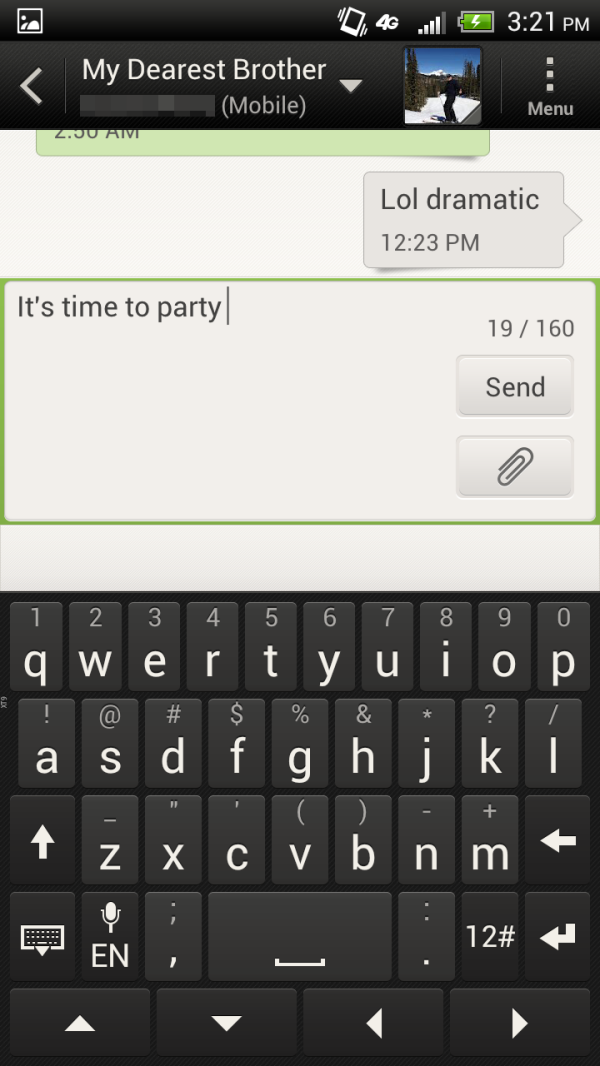
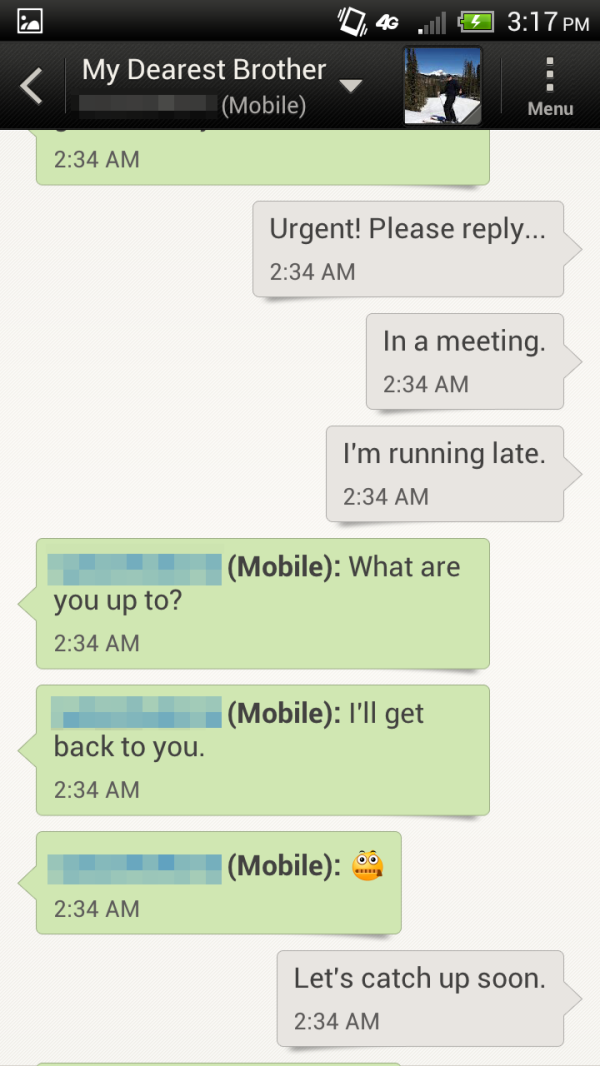

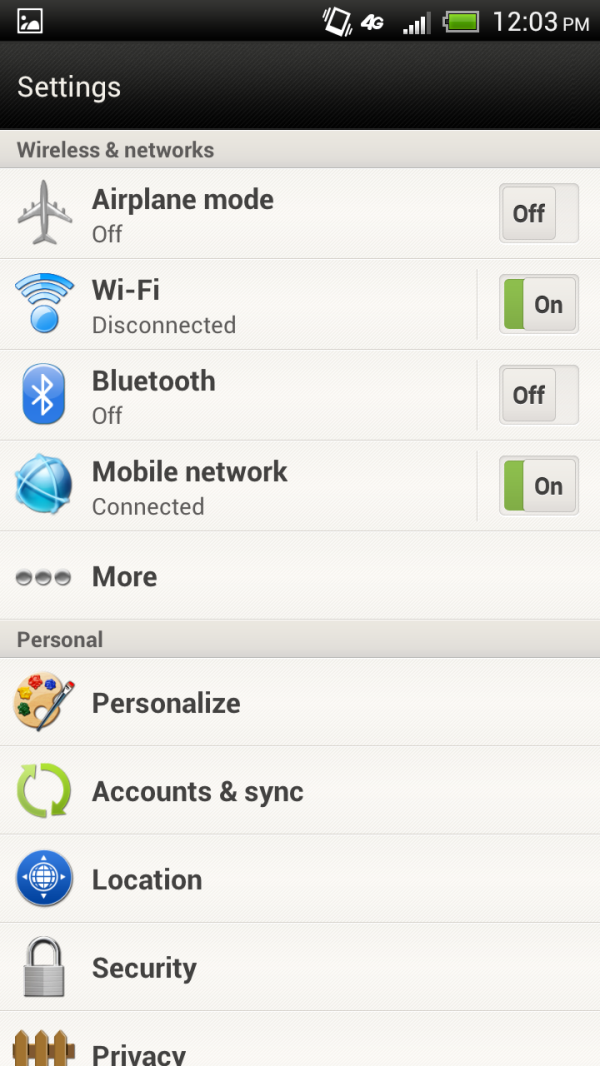
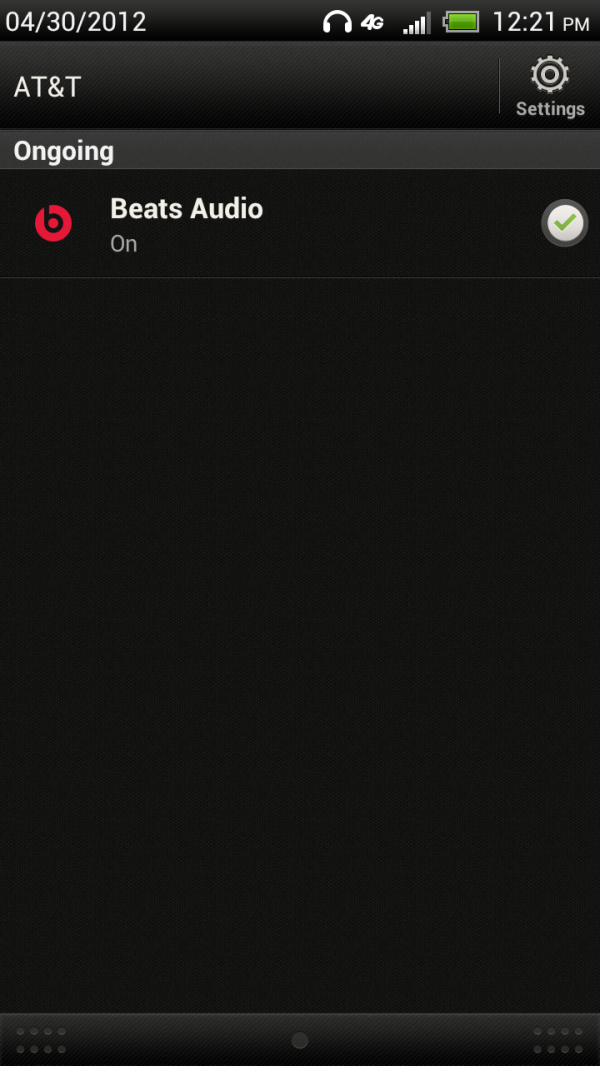








137 Comments
View All Comments
metafor - Wednesday, May 2, 2012 - link
His point is that blacks on an LCD require far more power than on an AMOLED. Since a black pixel on an AMOLED = no power used.I'm curious as to how the power consumption of a fully white AMOLED screen of equal pixel density and screen size compares to that of an LCD -- at equal brightness of course. This actually shouldn't be very difficult to test and really would be nice in one of these reviews.
Take the Galaxy Nexus or the upcoming GS3 and the One X, turn off everything (airplane mode, kill all background processes) and disable auto-lock/auto-dim. Turn the screen to various levels of brightness while displaying a pure white screen (several apps will do this).
Then see how long the phone takes to go from 100% battery to 0%. Extrapolate based on how large the battery is in WH rating.
Then compare the two.
Lucian Armasu - Saturday, May 12, 2012 - link
Which is why I find it very weird that Samsung didn't go with a more stock ICS dark look for their Galaxy S3. ICS feels like it was made for AMOLED displays, and yet Samsung refuses to use it. Shame.ilkhan - Tuesday, May 1, 2012 - link
I stopped reading at this line:"however the device does not work with T-Mobile WCDMA and the One XL page lists the correct air interface support."
The rest of it was totally irrelevant after that.
Pity. That screen has been getting tons of praise.
Maybe the OneX2 will include a proper GPU and TMo support.
ilkhan - Tuesday, May 1, 2012 - link
(no edits?)It was already borderline without a replaceable battery and without an mSD slot. The frequency support just closes the book for sure.
Which really is a pity. The android phones first got started by word of mouth "expandable storage, easy to hack, total control, function over form", the antithesis of apple. Now they are racing to embrace all the bullshit that apple did 5 years ago. We don't need 7mm thick phones. Gimme the extra 2 extra mm of thickness if it means I get an mSD slot and replaceable larger battery, I'll be happier that way.
metafor - Tuesday, May 1, 2012 - link
Having come from a Sensation to a One S, I gotta say, I love the 7mm thin factor over almost everything else (the weight too). With dropbox and Google music, most of my needs for large storage has been eliminated.ImSpartacus - Tuesday, May 1, 2012 - link
Just wait. When the market goes far enough in one direction, it opens up a niche market in the other direction.You might end up having to use a developer device or something like that, but you'll get your wish.
Zoomer - Wednesday, May 2, 2012 - link
I would like my 4 hardware buttons too. microSIM I suppose is acceptable, though the use of a special tool for access is not.So:
AMOLED
microSD
Physical Buttons
Trackball
Swappable batteries would be a plus, if only for easier debugging / full off.
Zoomer - Wednesday, May 2, 2012 - link
Oh almost forgot, HTC branding on the top of the glass. HTC's the manufacturer, NOT AT&T. AT&T is just pipe. ;)kmmatney - Wednesday, May 2, 2012 - link
You can always get an external USB battery to use an an extra battery (and it can charge other things to).sprockkets - Tuesday, May 1, 2012 - link
That's why they make the One S. Shame that has to be the case, but you might like the metal case better. I wish I could open it like the sensation though.